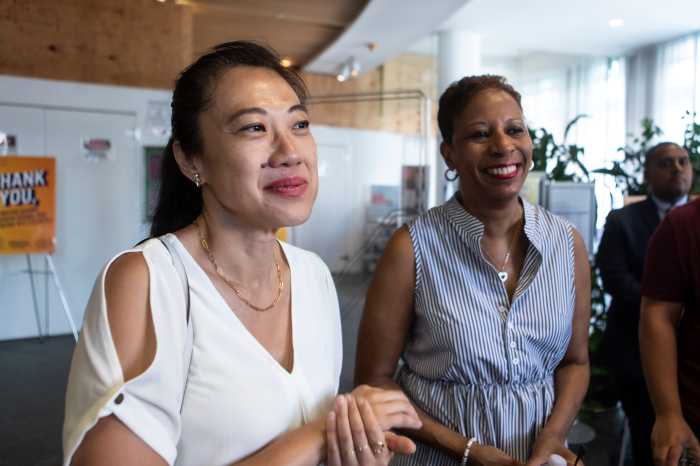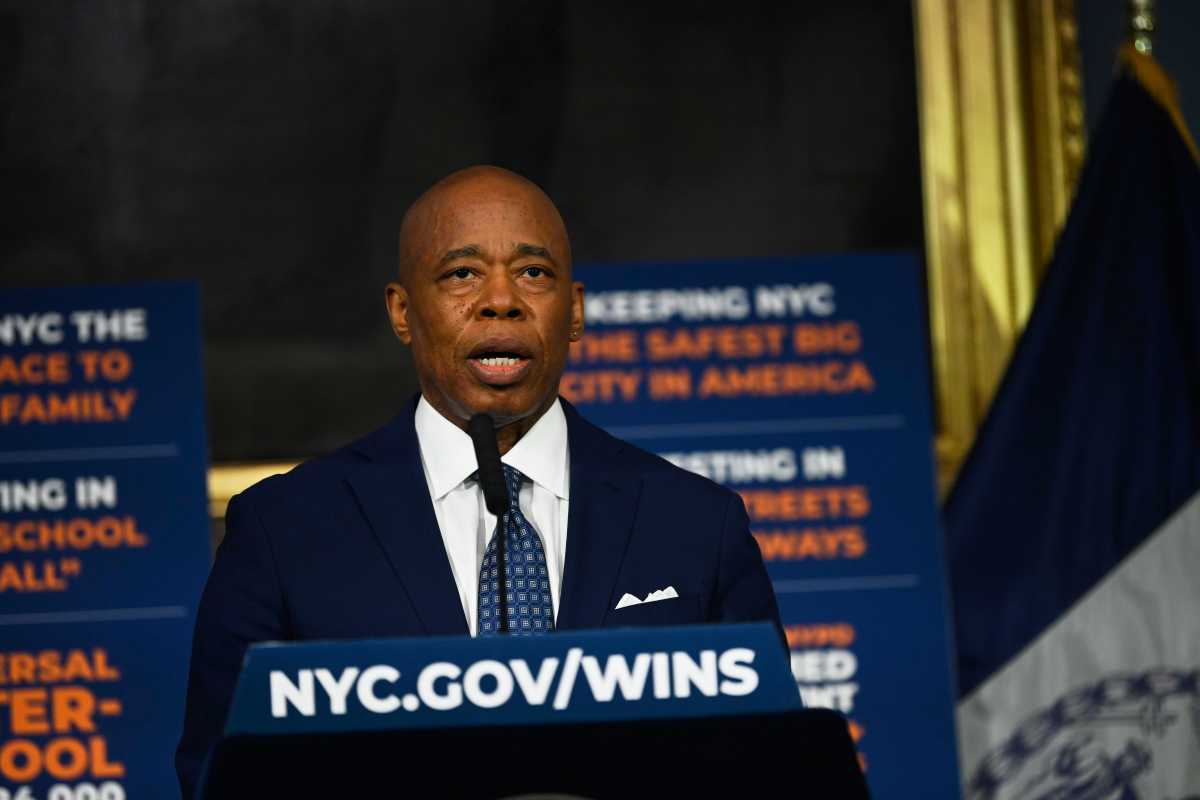By Prem Calvin Prashad
A controversial practice by Immigration Customs Enforcement made national headlines as the American Civil Liberties Union filed suit against the agency for separating mothers and children detained at the border in a policy the ACLU has panned as having “no legitimate purpose.”
The plaintiff in the case, a Congolese woman, was detained in San Diego, while her 7-year-old child was sent 2,000 miles away to a detention center for unaccompanied minors in Illinois. She had been seeking asylum, citing violence and potential danger to her life in the Congo, although the agency has not confirmed the detention was related to a policy change. The ACLU has also charged the Trump administration with illegally imprisoning asylum seekers and failing to oversee ICE’s enforcement actions.
The U.S. Department of Homeland Security denied the widespread use of this practice, but has indicated that it may separate children if it believes there are potential “smuggling and trafficking activities,” according to a Homeland official. The ACLU has disputed that the agency is using discretion and has insinuated that the move is punitive, intended to deter potential border crossings and asylum seekers.
Last year marked the lowest level of apprehensions at the southern border in 17 years. Though trending downward, a slight uptick in apprehensions in November spurred the Trump administration to consider adopting this hard-line policy, first mentioned late last year. Previously, entire families were detained together, pending an enforcement action. Under the new policy, the children would either be considered unaccompanied minors or placed with a “sponsor” – a relative that immigration authorities would have to authorize to care for the child while the parents remain in detention.
The immigration enforcement mechanism in the United States has always been subject to poor oversight, largely operating in secrecy.
According to the ACLU, 83 percent of people deported in 2013 were not granted a hearing before a judge.
In 2016, the agency’s budget swelled to $6.2 billion dollars, as the agency expanded facilities to accommodate more beds for detainees.
A wave of unaccompanied minors from Central America fleeing gang and drug-related violence caused a brief panic in 2014, resulting in some cities, such as New York, developing resources to accommodate and resettle them.
Other localities faced protests from irate citizens who believed allowing the children to remain rewarded them and the parents who had sent them on the dangerous journey. In the past 15 years, the Office of Refugee Resettlement has administered to the needs of 175,000 children, including resettlement for those who arrived without guardians.
The federal government must immediately explain the scope and criteria used to separate children from “family units” that arrive at the border. Through there are valid human trafficking concerns, the onus is on the government to prove this rather than applying a cruel preventative measure. At face value, the policy appears to be a punitive measure to punish border crossers, consistent with the nationalist goals of the Trump administration and its outright hostility to immigration.
It is a testament to the normalization of anti-immigration rhetoric that a policy most Americans would once think unthinkable and unnecessarily cruel would come into practice. The United States already has an ugly history of separating Native American children from families – with disastrous results. The modern parallels to this policy are apparent.
The mother in the ACLU lawsuit was later released, but there is no indication yet that her child has been released from custody.


































